Oops again.
Victoria Duval, an unseeded 17-year-old, took full advantage of her qualifying berth in the U.S. Open Tuesday in stunning fashion, ousting the 2011 U.S. open champion Samantha Stosur, 5-7, 6-4, 6-4. Duval’s three victories in the U.S. Open qualifying tournament last week raised the number of African American players competing in the Grand Slam event to eight.
Sachia Vickery, 18, also African American advanced to the second round, defeating Croatia’s Mirjana Lucic-Baroni 6-4, 6-4. If No. 296 Duval and No. 238 Vickery win second round matches Thursday, they would clash in the third round. In her press conference after the match, Duval said she was inspired by other African American young pros, Sloane Stevens, 20, and Madison Keys, 18.
“We’re obviously trying to make American tennis become what it used to be,” she said. “We’re all working towards the same goal. We’re all a tight-knit group. helping each other is important. We’re all doing amazing. I think we’re on an amazing path.”
All six African American women, including top-ranked Serena Williams and her sister, No. 60 Venus, reached the second round. Among the men, Qualifier Donald Young defeated Martin Klizer 6-0, 6-1, 6-0 and No. 100 James Blake, who announced his retirement Monday, faces Croatia’s Ivo Karlovic.
With Blake’s imminent departure, my guest commentator Rozzell Lightfoot focuses on the absence of African American male pros at the top.
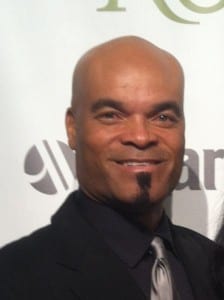
Why no African American Men in the Top 100 ATP Tour
1. Lack of Blueprint for Tennis
The individual nature of tennis and the lack of structure in progressing from a junior player to an elite pro make it extremely difficult for a non-traditional tennis family to navigate and make proper decisions. Unlike football and basketball which have a clear blueprint for advancing to the professional level, players progress from junior leagues to top-notch high school programs where they are scouted by Division I university coaches and ultimately recruited by professional teams. The tennis coaching community is highly fragmented and the path to becoming a professional much less certain. A tennis player can choose from many different tennis academies and due to the amount of global competition has to make the decision to turn pro at a very young age. Lack of information and structure around how to best navigate the process of becoming a pro creates a daunting task for players and their families.
2. Lack of Mentors
Experienced African American players and coaches are under-utilized. A number of African American coaches and formerly top 100 players choose not to work for the elite tennis academies and instead have opted to remain self-employed. As a result, they are developing African American talent with little structural and financial support from entities such as the USTA, ATA, IMG, and Octagon. Since the majority of the self-employed coaches have not established deep connections with large tennis organizing bodies, their players are at a disadvantage in their professional development. At the same time, every African American that has been successful at the highest level in the history of American tennis has always been coached or mentored by African Americans. Establishing a non-profit network that serves as a hub for all top up-and-coming players with the support of the organizing tennis bodies will facilitate the process of turning pro. Ideally, this organization would have the support of celebrities such as Oprah Winfrey, Jay-Z, Usher, and other popular African American icons who can promote the sport. Up-and-coming African American players also have to sort out the advice and experience of successful former African American players and top coaches. During this process, parents need to be parents not coaches.
3. USTA National Coaches Disconnect and Trust
Most of the successful athletes in popular American sports including football and basketball are from the inner city and from single parent families. The USTA has very few coaches that can relate to the background or work with African American players. This disconnect creates a lack of trust between the USTA coaching staff and players. To alleviate this disconnect, the USTA should form a relationship with NFL and NBA to better understand how to work with African American athletes.
Unlike college and professional football and basketball teams that heavily rely on African American talent for their success, college tennis teams and the USTA do not. The reliance on individual performance to determine professional success creates an increased amount of pressure on tennis players. Mental handling and coaching of players is therefore especially important in the high-stakes individualistic setting of tennis for player success.
In addition to the high pressures of achieving individual success, African American tennis players are also faced with navigating unfamiliar cultural environments. Most top athletes from basketball and football influence and dominate their culture. The non-African American athletes tend to adopt the culture and mannerisms of their African American teammates. On the other hand, African American tennis players tend to adopt the mannerisms and culture of non-African American players that dominate the sport. This phenomenon seems to be less for African-French players and may have a role in contributing to their increased success in the sport.
Former pro Rozzell Lightfoot is owner and director of the One Ace One Foundation, which was formed to assist foster kids and single mom families. As a collegian, he was No. 1 at Hampton University and a member of the HU team that captured the NCAA-II national title in 1988. He was the director of tennis of the WTEF and original founder and senior professional at the Tennis Center at College Park, MD.
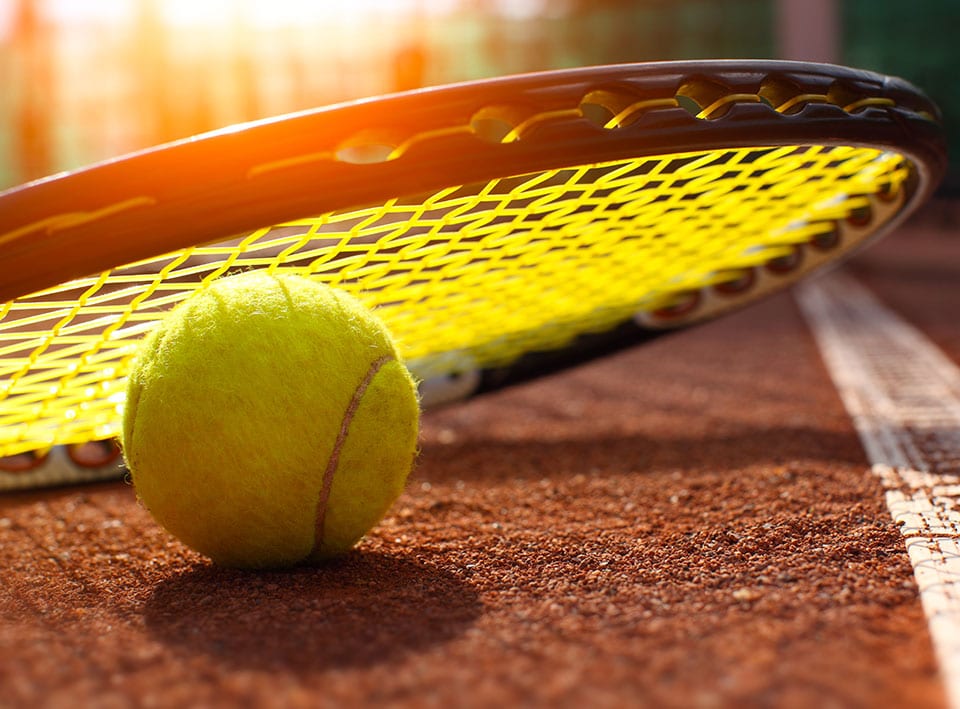
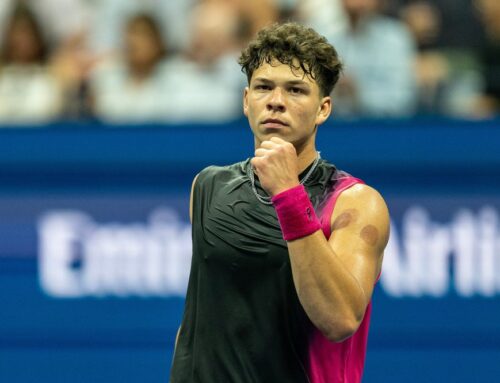
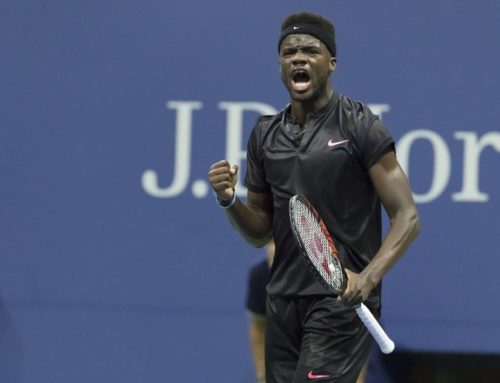
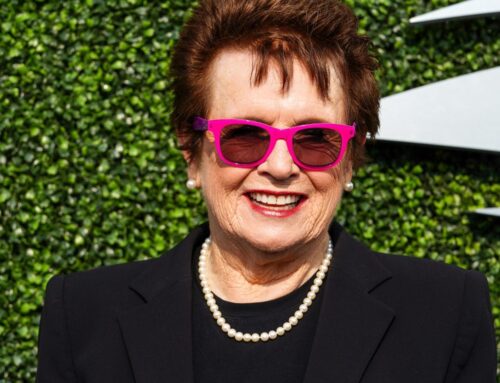

Leave A Comment